How Much Forest Do Other States Set Aside from Logging?
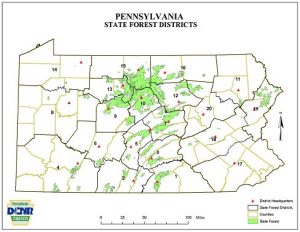
Senate Bill 420 would set aside a small portion, 10%, of Indiana’s state forestland to be off limits to logging. Here’s an inside look as to how public forests are being managed outside of Indiana.
A Smaller Portion of a Small Pie
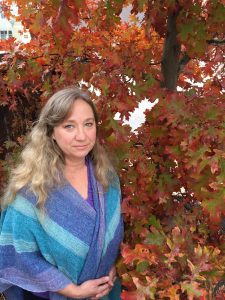
We had a list of compartments and tracts that were protected from logging so we knew exactly where they were. But then DNR changed their minds. They no longer recognize those Old Forest areas and some of those tracts have now been logged.
Protecting the Unknown

Old-growth forests provided habitat that support rare biological diversity and unique assemblages of animals, plants, and fungi that are found nowhere else but in old-growth forests.
A Chance to Preserve Rich Species Diversity
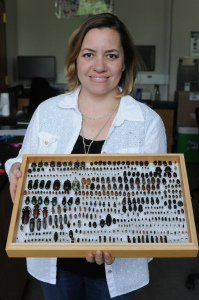
In the time that we have been identifying the specimens collected, it has become very clear that we have very limited knowledge of how many species exist in our Indiana forests. Efforts of the IFA, with help of scientists from many different institutions, have led to one conclusion: without preserving large tracts of old-growth forests, we could lose hundreds of thousands of species that rely on these forest habitats for survival.
Support from the Old-Growth Forest Network
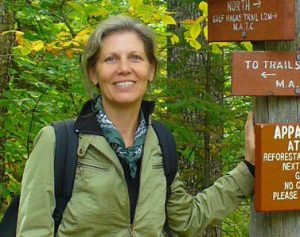
For the small amount of income that you will forgo from not logging that 10% you will more than recover in economic development from tourism, and possibly from the emerging carbon market.
A Forest Health Bill
It is inaccurate to think of Senate Bill 420 as an anti-timber bill. It certainly would be wrong to think of Senate Bill 420 as an anti-hunting bill.
It is a forest health bill.
SB 420: A Voice of Support
It’s imperative that we keep these forests intact and continuing because they are among the oldest communities of organisms present in Indiana.
Logging & the Indiana Bat: Mitigating Disaster
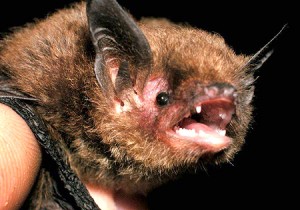
Using the precautionary principle, the EIS should evaluate alternatives that conserve enough Indiana Bat habitat in an unlogged condition to make up for any incidental take.
Since When is an Early Death “Healthy”?

Our hardwood forests have substantially longer growth cycles than current logging allows. White oak, tulip poplar, sugar maple and American beech have maximum life spans of 300 to 600 years and average life spans of 100 to 300 years.
The Trees at Crown Hill Woods “Have a Life”
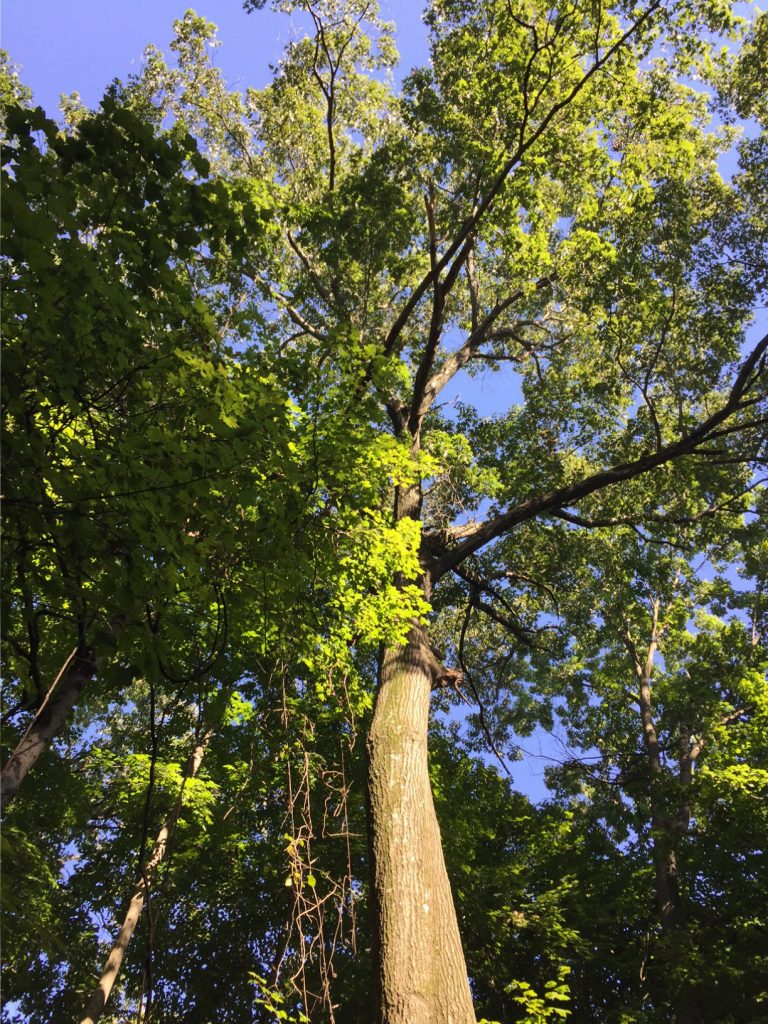
Forests matter, and people are willing to speak out to protect them. In the words of a second grader at the School for Community Learning: the trees there have a life.
